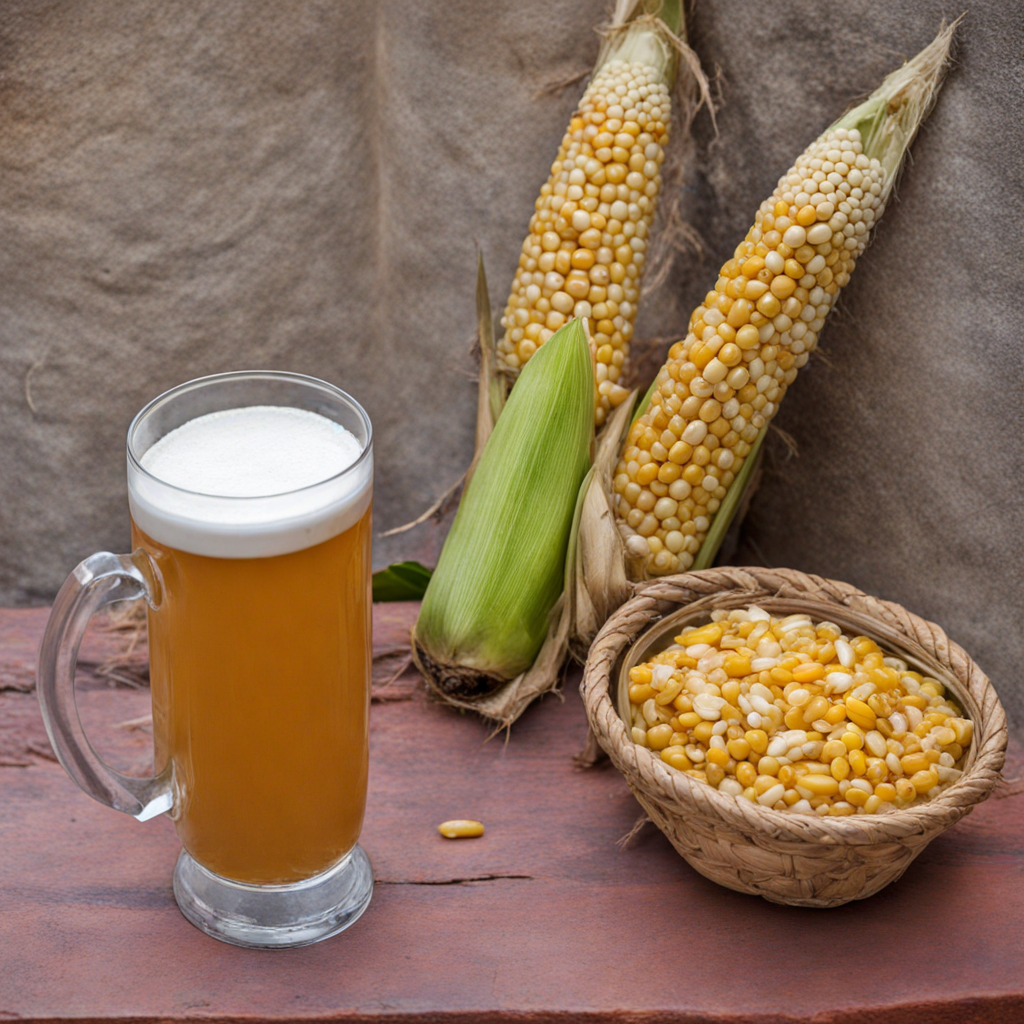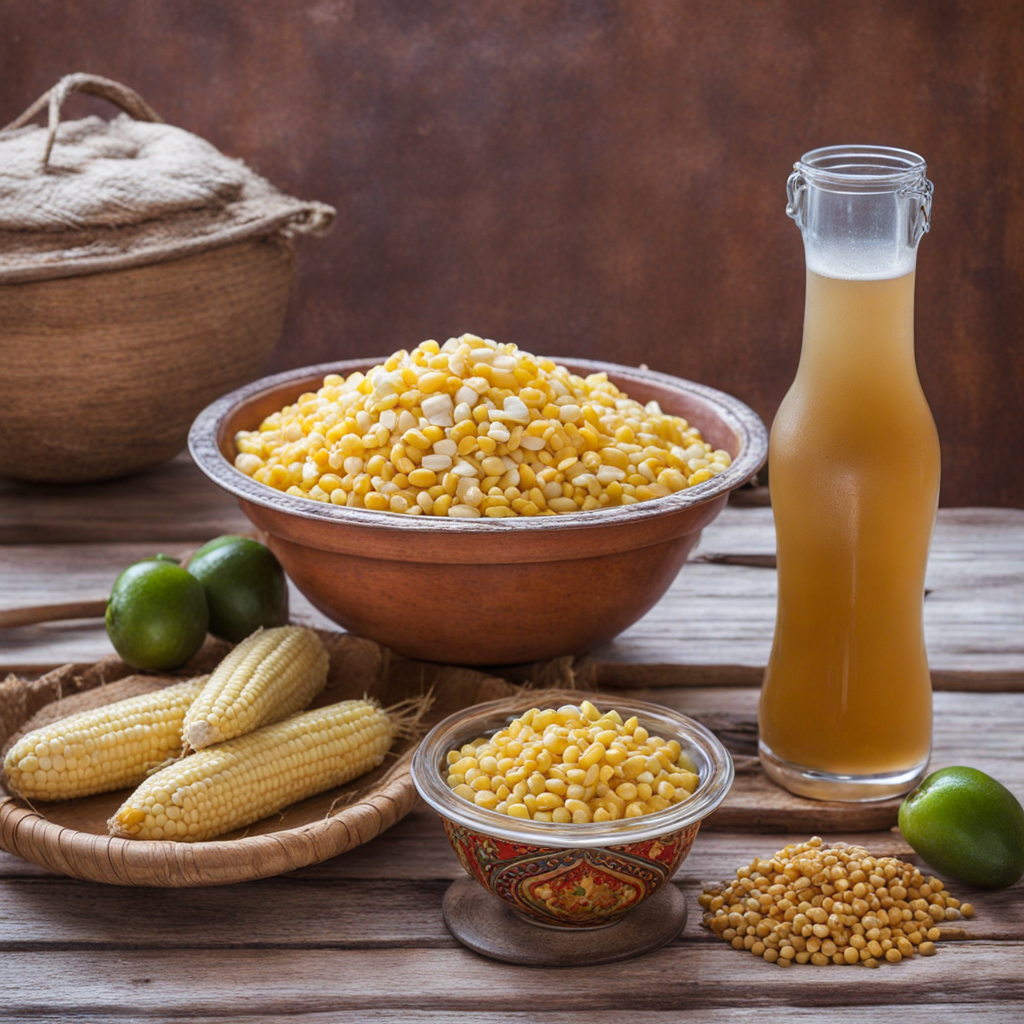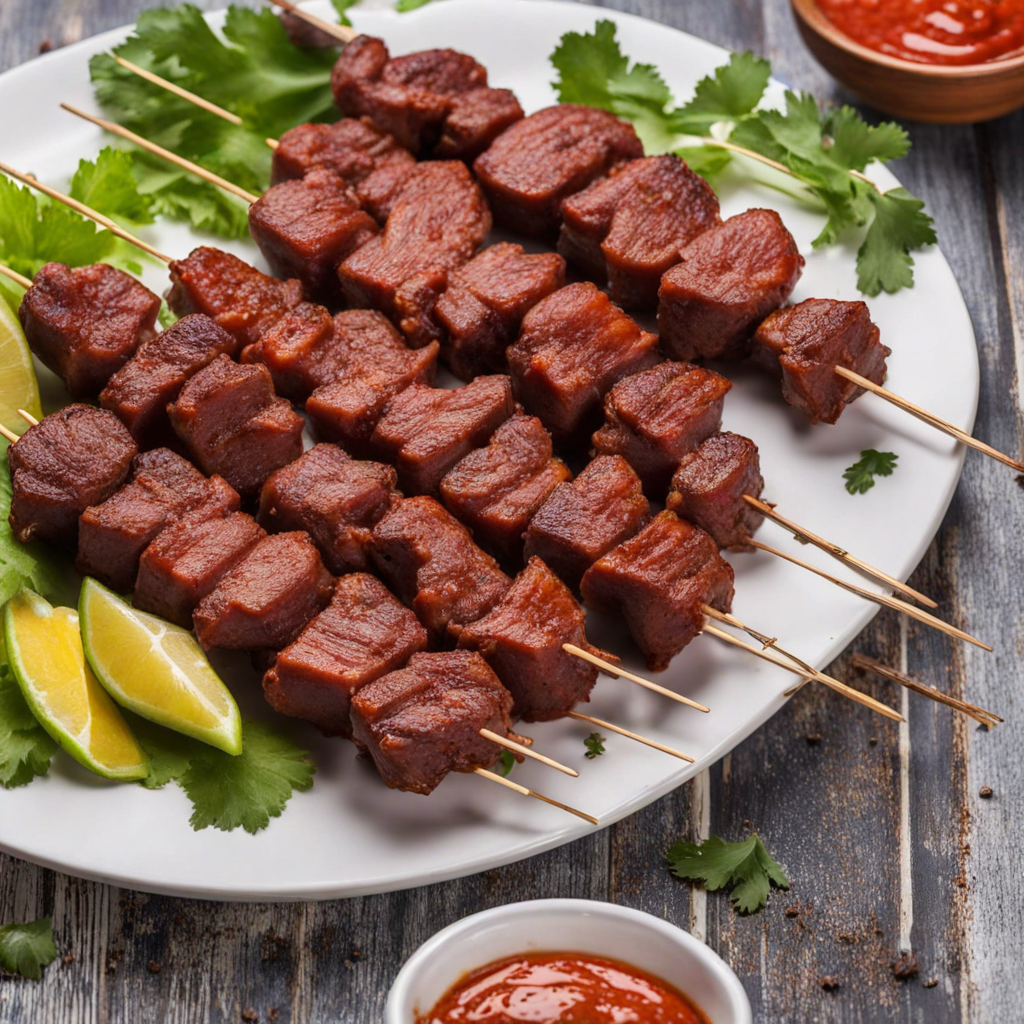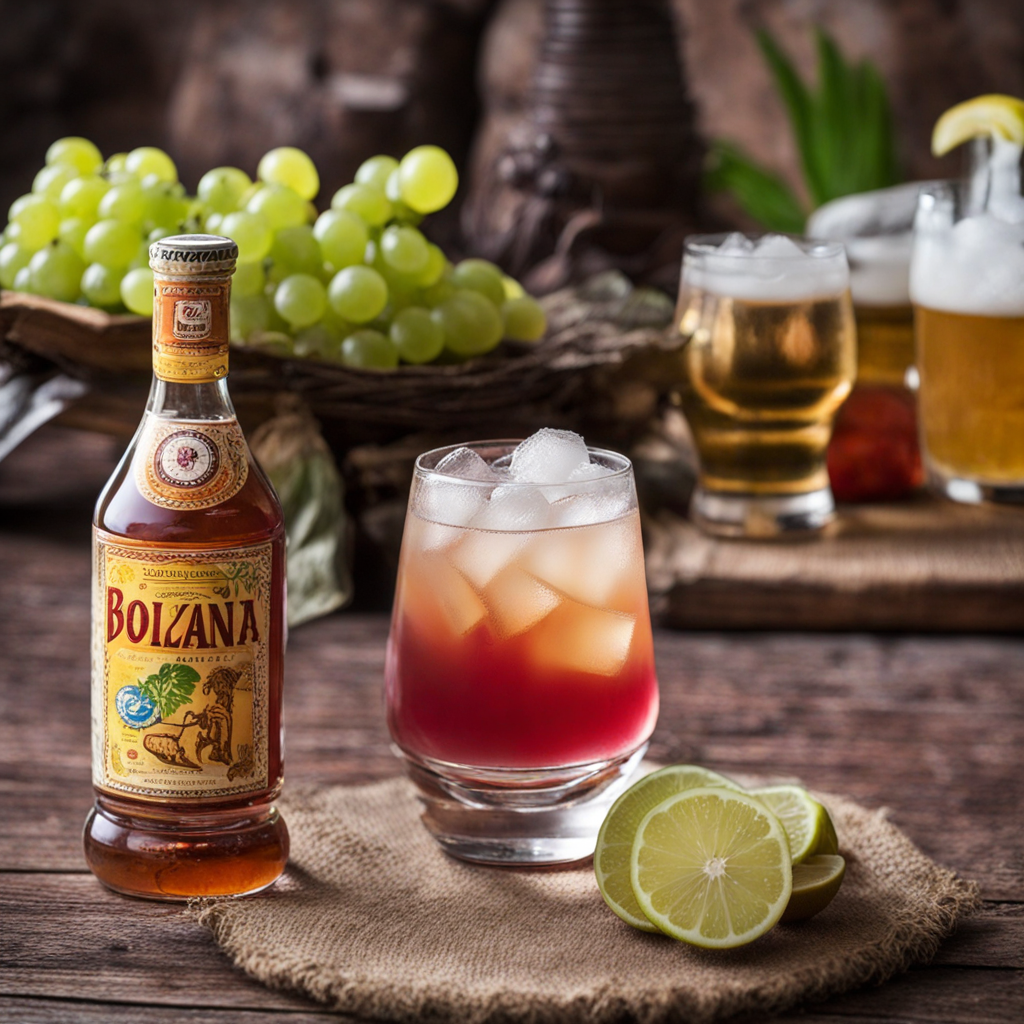Jak’alawa
Jak’alawa is a traditional Bolivian dish that showcases the rich culinary heritage of the Andean region. At its core, Jak’alawa is a hearty stew that combines tender cuts of meat, often lamb or beef, with a vibrant array of locally sourced vegetables. The dish is renowned for its unique blend of spices, including cumin, garlic, and ají peppers, which impart a warm and aromatic flavor profile. The slow-cooking process allows the flavors to meld together beautifully, resulting in a comforting and satisfying meal that warms the soul. One of the standout features of Jak’alawa is its use of native Bolivian ingredients. The stew is often enriched with potatoes, corn, and quinoa, staples in the Bolivian diet that add both texture and nutritional value. Each ingredient is carefully selected to create a balance of flavors and colors, making the dish as visually appealing as it is delicious. The vibrant hues of the vegetables against the rich broth create an enticing presentation that invites you to dive in and savor every bite. Served with a side of fresh bread or rice, Jak’alawa is more than just a meal; it embodies the spirit of Bolivian culture and tradition. It is often enjoyed during family gatherings and celebrations, where sharing food is a cherished practice. As you take your first spoonful of Jak’alawa, you’ll experience a symphony of flavors that transport you to the heart of Bolivia, making it a delightful culinary adventure for anyone eager to explore new tastes.
How It Became This Dish
Jak’alawa: The Soul of Andean Culinary Heritage #### Origins of Jak’alawa Jak’alawa, a traditional Bolivian dish, is deeply rooted in the Andean culture, primarily among the Aymara and Quechua indigenous communities. Its name derives from the Aymara language, where "jak’a" means "to boil" and "lawa" refers to "soup." The dish embodies the essence of indigenous Bolivian cuisine – simple yet rich in flavors and nutritional value. The origins of Jak’alawa can be traced back to pre-Columbian times when the Andean peoples cultivated various crops. The harsh climate and high altitudes of the Altiplano region necessitated the creation of dishes that were not only energizing but also capable of sustaining communities through the long winters. Ingredients such as quinoa, potatoes, and a variety of grains were staples in their diet, and Jak’alawa utilizes these foundational elements. #### Ingredients and Preparation Jak’alawa traditionally consists of a hearty broth made from a base of vegetables, often including potatoes, carrots, and onions, alongside a protein source such as meat (typically llama or chicken). The dish is further enriched with grains like quinoa or barley, which are cooked until tender, creating a thick, comforting soup. To enhance the flavor, spices such as cumin and garlic are added, reflecting the complex spice palette of Bolivian cuisine. The preparation of Jak’alawa is often a communal activity, reflecting its cultural significance. Families gather to prepare the dish, passing down recipes and techniques from one generation to the next. This communal aspect underscores the importance of food as a means of social connection within the Andean communities. #### Cultural Significance Jak’alawa holds a special place in Bolivian culture, serving not just as a meal but as a symbol of hospitality and community. In rural areas, it is common for families to prepare large pots of Jak’alawa to share with neighbors and friends, reinforcing social bonds. The dish is often served during traditional celebrations, festivals, and family gatherings, marking important life events such as weddings, birthdays, and religious holidays. Moreover, Jak’alawa is tied to the agricultural calendar, being served during harvest festivals to celebrate the bounty of the land. It is a way for communities to give thanks for their crops and the sustenance they provide. The dish embodies the connection between the people and their land, representing a deep respect for nature and its cycles. #### Evolution Through Time As Bolivia has undergone various social, political, and economic changes over the centuries, so too has Jak’alawa evolved. The Spanish colonization in the 16th century introduced new ingredients and cooking techniques, which gradually permeated indigenous cuisines. While Jak’alawa remained true to its roots, new elements such as spices from Europe and cooking methods influenced its preparation. In the 20th century, as urbanization and migration increased, Jak’alawa found its way into urban centers, where it was adapted to cater to changing lifestyles. Street vendors began to sell quick versions of the dish, making it more accessible to a broader audience. This adaptation has led to variations that incorporate local tastes and the availability of ingredients, with some urban versions using chicken or beef instead of traditional llama meat. Despite these adaptations, the essence of Jak’alawa has remained intact. It continues to be a comfort food for many Bolivians, evoking memories of home and family gatherings. The dish has also gained recognition beyond Bolivia’s borders, with chefs and food enthusiasts exploring Andean cuisine, leading to an increased appreciation for traditional dishes like Jak’alawa. #### Modern-Day Relevance In recent years, there has been a resurgence of interest in traditional foods and indigenous culinary practices, spurred by movements focused on sustainability and local sourcing. Jak’alawa has gained popularity not only as a traditional dish but also as a symbol of the farm-to-table movement. Many chefs are now highlighting the use of native ingredients, emphasizing their nutritional benefits and cultural significance. Culinary festivals and events celebrating Bolivian cuisine have also contributed to the dish's revival. These gatherings often showcase traditional cooking methods, allowing younger generations to learn about their heritage and reconnect with their roots. As more people become aware of the importance of preserving indigenous food cultures, Jak’alawa stands as a testament to the resilience of Andean traditions. #### Conclusion Jak’alawa is more than just a soup; it is a narrative woven into the fabric of Bolivian life. Its origins reflect the ingenuity of Andean peoples in utilizing local resources, while its communal preparation speaks to the importance of family and social bonds. Over time, Jak’alawa has adapted to changing circumstances, yet it remains a cherished emblem of cultural identity. As Bolivia continues to navigate the complexities of modernity, the future of Jak’alawa seems secure. Its ability to evolve while retaining its core values makes it a beloved dish among Bolivians and a fascinating exploration for those interested in the world’s culinary heritage. The story of Jak’alawa is a celebration of tradition, resilience, and the enduring connection between food, culture, and community.
You may like
Discover local flavors from Bolivia







